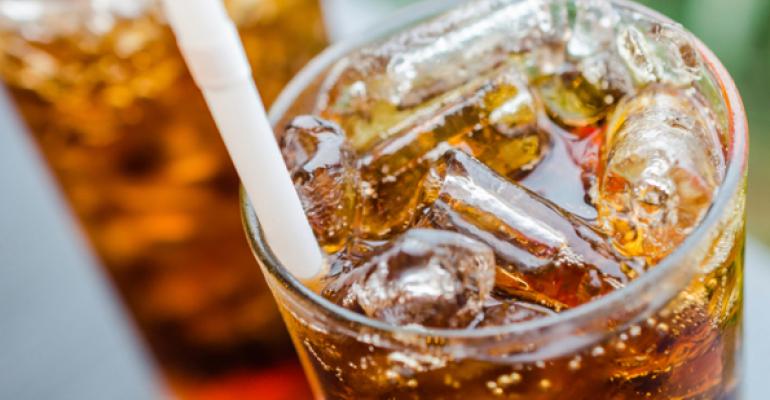Ingredient-conscious consumers have targeted sugar as public enemy number one, according to the NPD Group. It’s the most-avoided ingredient and one considered as important as total calories on nutrition labels, the information company says.
It comes as no surprise, then, that consumers are making a beeline for more sugar-free, unsweetened or reduced-sugar products. NPD reports that major foodservice distributors have stepped up shipments of sugar substitutes to restaurants and foodservice outlets by 22 percent this year compared with a year ago.
NPD’s Dieting Monitor, which examines consumers' top-of-mind dieting and nutrition-related issues, asks adults about the items they’re trying to limit or avoid completely in their diets. Fat has topped that list since the service was introduced in 2004. In 2014, for the first time, sugar narrowly edged out fats for the number-one spot on the list. About 65 percent of adults want to cut down on or avoid sugar completely in their diets; 63 percent who want to do the same with fat.
Some 42 percent of adults now check sugar on food nutrition facts labels—the same amount who check total calories. Other concerns include sodium levels (37 percent) and fat (34 percent). Regardless of the available nutritional information and dietary guidelines, consumers generally choose to focus on what they deem important.
Although all adult age groups express trying to avoid sugar in their diets, concern is highest among 55+ adults and this group also consumes the most sugar-free, unsweetened and reduced-sugar products than other adult age groups. Young children, under 6, consume the most sugar-free, unsweetened or reduced-sugar products among all age groups.
Recently, the Food and Drug Administration proposed a daily cap on sugar to more than 10 percent of daily calories—about 12.5 teaspoons, or the amount in a 12-ounce regular soda. Currently Americans’ sugar consumption averages about 13.5 percent of their caloric intake.
“Consumer concern about sugar in their foods and beverages is an example of how eating patterns can shift,” says Annie Roberts, v.p. of NPD’s SupplyTrack. “It might seem like consumption patterns don’t change much from one year to the next, but there is movement and it’s key that foodservice distributors, manufacturers, and operators be prepared to address these shifts.”





